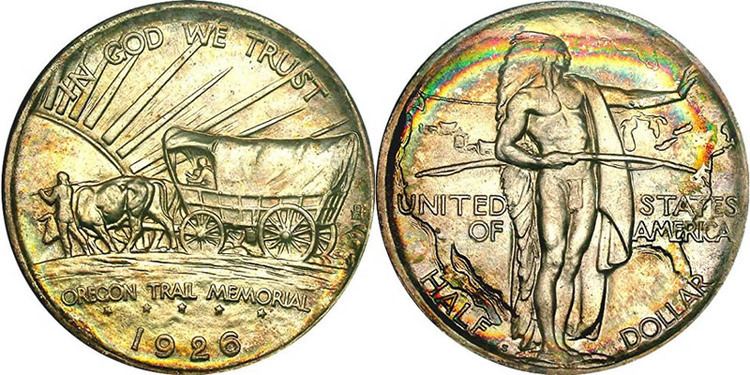Oakton Coins & Collectibles is open for business. Buying and selling all collectible coins / paper money (U.S. and world), all forms of gold & silver, bullion, estate jewelry, stamps, diamonds, and more.
As a coin shop that buys and sells, we come in contact with a lot of people who have inherited coin collections. No matter the size, you can bring it in for a free verbal appraisal. Often people sell the whole collection. Sometimes, they sell the valuable parts and split up the rest between siblings. Maybe it’s a small collection without a lot of monetary value and you have someone young in your family that would appreciate it.
This is a quick guide to help identify your inherited coins at home….. Cents, Half Dimes & Nickels, Dimes, Quarters, Half Dollars, Silver Dollars, US Gold Coins, Early American Medals/Commemorative Coins, and Modern Commemoratives.
Types of United States Early American Medals & Commemorative Coins.
Early American Medals have been a large part of our history. As early as the mid-1500s, the Europeans issued medals to celebrate the founding of America. Fast-forward two hundred years and the medals were used to celebrate America’s freedom. Eventually, medals became wide-spread and were created for every event from declaring peace with the Indians, to getting into a fair for a cheaper price.
The earliest commemorative coin minted by the US Mint was the 1848 “CAL” quarter eagle, which commemorated the finding of gold in California.These coins were standard quarter eagles that were modified by punching CAL. onto the reverse above the eagle.
Early US commemorative coin lists begin with the 1892 Columbian half dollar commemorating the 400th anniversary of Columbus’ voyage to America. The following year, the Columbian Exposition quarter dollar featuring Queen Isabella of Spain was issued.
In 1915, the mint issued the Panama–Pacific half union, which had a face value of $50. This was the first time a commemorative coin was produced in a denomination that was not issued for circulation (a half union coin was proposed, but was never released into circulation). The coin was offered in both round and octagonal versions, the latter being the only US coin that is not round.
In 1925, a commemorative 50-cent coin was released that showed Robert E. Lee and Stonewall Jackson. Money raised from the sale of the coins was combined with money raised by the United Daughters of the Confederacy and the Stone Mountain Confederate Memorial Association in order to fund the carving of a Confederate monument at Stone Mountain.
The 1926 United States Sesquicentennial half dollar was the second United States coin to feature a living person at the time of its minting. The obverse of the coin featured busts of George Washington and Calvin Coolidge. (The first was the 1921 Alabama Centennial half dollar, which showed a bust of then-Governor Thomas Kilby.) Coolidge remains the only president depicted on coinage during his lifetime.
Starting in the 1930s, the US Mint was criticized for issuing commemorative coins of dubious recognition and seemingly endless mint runs (the Oregon Trail Memorial 50-cent piece was minted 8 years during a 14-year span). Multiple unrelated commemoratives also were minted in many years, diminishing the significance of commemorative issues. In 1936 alone the following 19 commemorative half dollars were minted, not including two half dollars that were dated 1936 but were actually minted the following year. Three commemorative half dollars were proposed for issue in 1954, but all were vetoed by president Dwight D. Eisenhower due to the lack of interest expressed by collectors, and the period of early commemoratives ended that year with the 1954 Carver-Washington half dollar.

